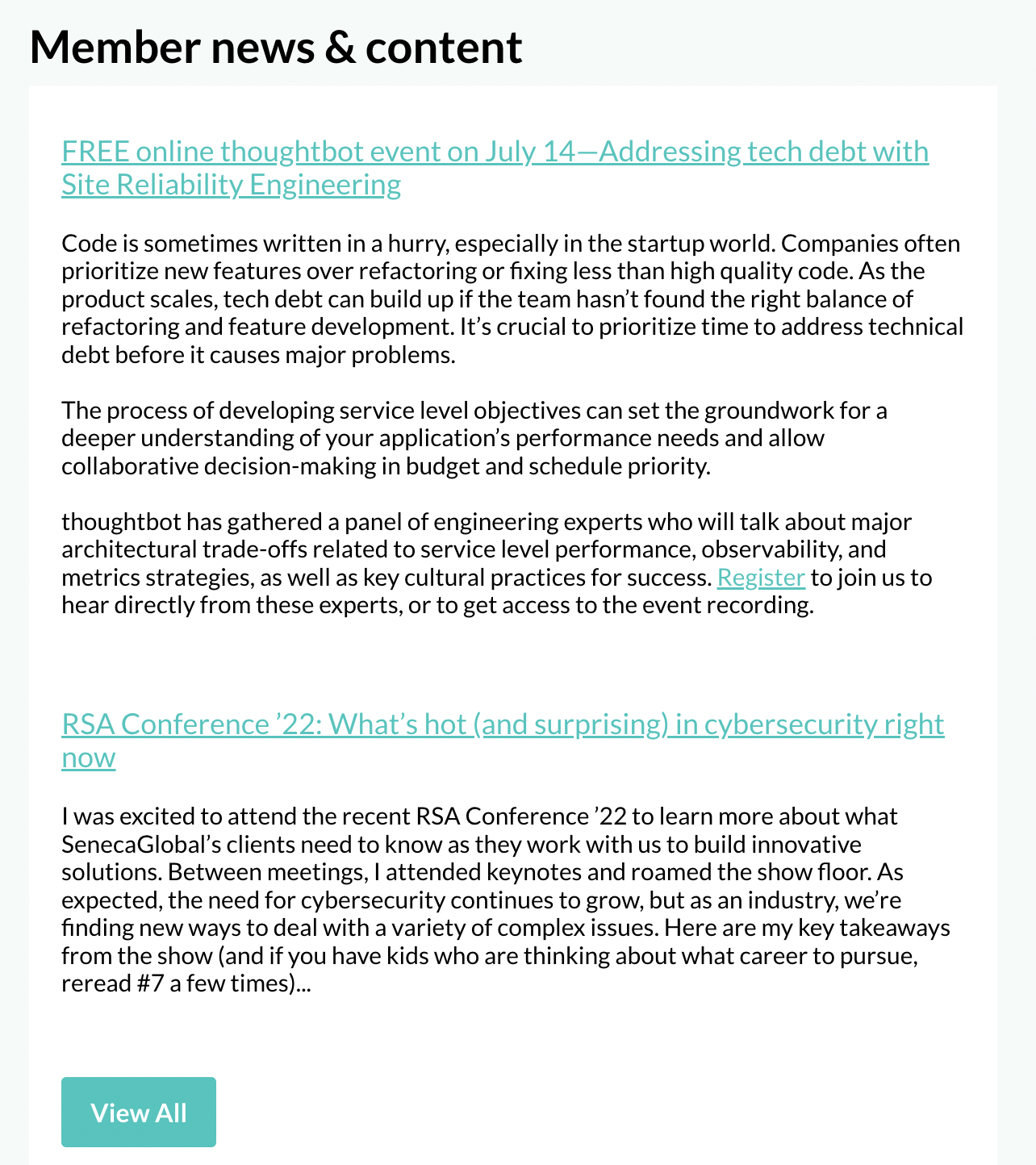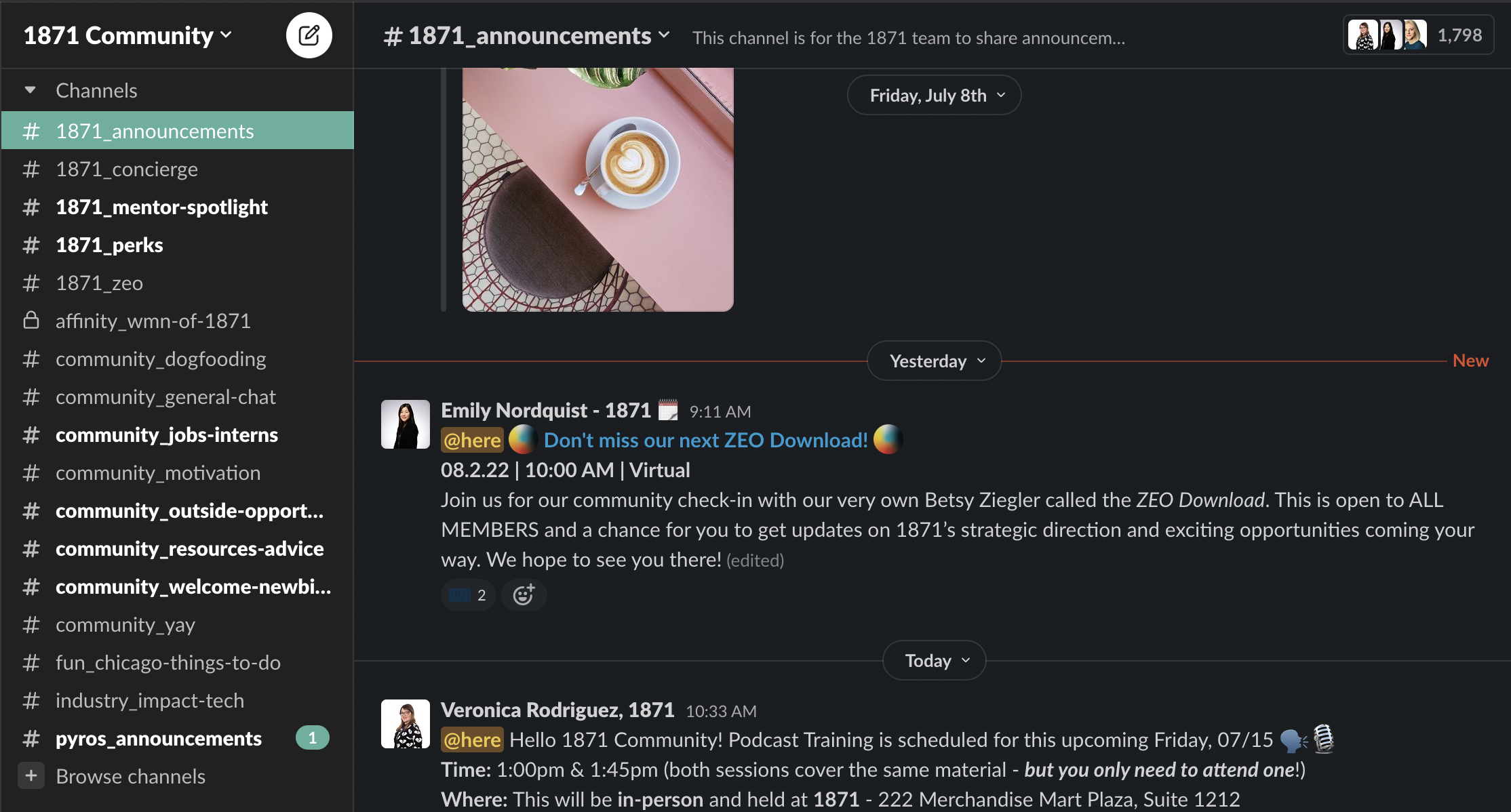It’s hard to believe another National Retail Federation (NRF) conference has come and gone!
I look forward to NRF’s events year-round, but I was especially excited for NRF Converge 2021 as it was the first NRF since the lockdown ended here in the U.S. and things feel like they’re finally starting to normalize.
Amid the great conversation with new and old connections, I had the opportunity to sit in on three discussions with some of today’s most innovative and creative retail thought leaders, including executives from three top brands and a few of my Zebra colleagues.
Though there were many key takeaways from those sessions, three are especially noteworthy either for their novelty or lack thereof:
1. E-commerce isn’t going anywhere.
Though online shopping has been core to retailers’ survival during the pandemic, some wonder if it will continue to remain as popular as brick-and-mortar stores increasingly reopen and people become more comfortable roaming the aisles once again. When speaking with Ed Tonkon, President of Zebra Retail Solutions, during a session about “Retail challenges that keep C-level executives up at night and how technology can help them sleep,” noted finance and management consultant Jan Rogers Kniffen wasted no words emphasizing the sustained demand for e-commerce retail and how it will only grow in importance from this moment forward. Specifically, he pointed out that since e-commerce retail took off in 1999, brick-and-mortar retail hasn’t gained so much as a sliver of market share over e-commerce. Even baby boomers, known for preferring to shop in stores, have been using e-commerce at an increasing rate.
Jan actually took a moment to adjust a prediction he made back in 2014. In that year, he said e-commerce would comprise 50% of retail sales by 2030. But with the accelerating growth of e-commerce, he now sees the retail industry hitting that metric by 2025 – five years ahead of schedule!
And the key to sustaining an efficient retail execution model amid this e-commerce explosion? Inventory visibility and “ever-increasing inventory accuracy.” Kniffen pointed out that retailers’ overall inventories are still rather low after selling out their excess stock during the pandemic, which explains why retailers’ margins are exceptionally high despite an increase in shipping fees.
Retailers need to seize this opportunity and seek out technology that simplifies and improves inventory management – before market conditions normalize. Only then will retailers be able to ensure the right product is in the right place, at the right time, and in the right condition, regardless of whether sales are occurring online or in store.
2. Don’t wait until post-pandemic to adopt analytics.
In another terrific session, Zebra Prescriptive Analytics General Manager, Guy Yehiav, interviewed two customers that recently switched their analytics systems from report-heavy, exception-based reporting (EBR) to a prescriptive analytics software solution. Prescriptive analytics, as Guy has explained in his previous blog posts, leverages machine learning and artificial intelligence (AI) algorithms to analyze a host of different data sets captured across one’s operations to determine:
- what is happening.
- why something happened.
- how much it is costing you.
- what you need to do about it.
- who should do it, when and how.
During the discussion, they spoke about how they were frustrated with the amount of manual analysis required with EBR as well as the low accuracy of the reports. They also didn’t like that it only identified cases of fraud and shrink. Their teams needed more operational visibility and better analysis of what was happening, when, and why to combat the modern retail criminal. So, they decided to speed up their workflows with prescriptive analytics. Their only point of uncertainty? Whether to make the shift in the middle of a pandemic.
Ultimately both decided to make the leap and implement prescriptive analytics during the lockdown. This actually turned out to be a blessing. With most of their teams working from home, associates had more time to learn the solution as it was being rolled out. This led to both customers generating significant value from the get-go.
3. What is getting you through the pandemic can get you through the new normal too!
In another session, Reflexis Senior Solutions Consultant, Scott Simonton, interviewed Kelly Brown, Vice President of Stores for Vera Bradley. Kelly echoed much of what Jan said when speaking with Ed in that the growth of e-commerce during the pandemic will continue. Kelly spoke about the Reflexis solutions her store operations team had used to resolve challenges of the pandemic and how they expect them to provide continue providing value into the future.
One example of this was Reflexis Appointments, a tool that enables customers to schedule services like home delivery, home service, in-store shopping and more. This was an invaluable tool for helping Vera Bradley manage store traffic to adhere to capacity constraints. Store employees especially liked the tool’s virtual queue, which assigned in-store shoppers an appointment time to visit the store. (Being able to interact with products is a huge part of the customer shopping experience at Vera Bradley). Ultimately, they found that store associates enjoyed the virtual queue as an alternative to a large line of people waiting outside the store to get in, as did many customers. Vera Bradley plans to continue using Reflexis Appointments into the future.
In another example, Vera Bradley shared how it used Reflexis Q-Check throughout the pandemic as a hosting location for its official store sanitation checklist. The checklist-type tool enables users to create, edit and share task lists and verify task execution on their mobile devices, so it made it easy for store managers and associates to reference sanitation-related information whenever needed. Because the process worked so well, Vera Bradley is now looking into utilizing Q-Check in its holiday preparations. Kelly noted that Q-Check’s built-in checklists and ability to verify task execution could be invaluable in confirming stores are properly set up with the right promotions, products, displays, and more.
If you’re interested in listening to the three discussions in their entirety, you can view them on demand here. There were several more nuggets of wisdom shared than the three I noted and many more details revealed about the execution and impact of the solutions.
I’m looking forward to seeing all of you at the NRF Big Show (in person) in 2022! Until then, feel free to reach out with any questions or if you’d like to talk about how technology can be applied in new or expanded ways to help you keep up with the simultaneous growth of online orders and in-store foot traffic.
Originally published here!
Join as an 1871 Growth Stage Member.
Attend info sessionSubscribe to our ICYMI newsletter.
Share this post:



